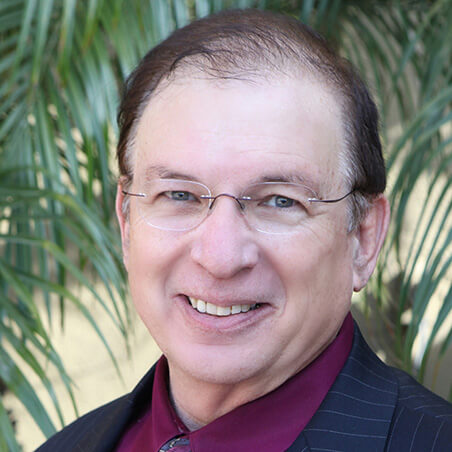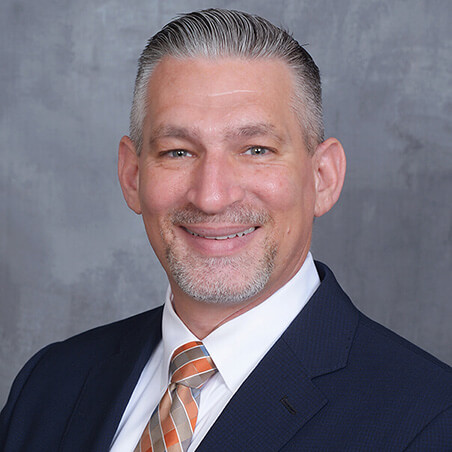“Life isn’t about finding yourself. Life is about creating yourself.” — George Bernard Shaw
A declaration of the future brings a possible future into existence and serves as a catalyst for action to achieve that future. For instance, when we say something like, “I’ll do it,” we’re making a promise and bringing a possible future into being. And just like how not every plan we make is set in stone, not every future we talk about is guaranteed. But when we talk about what could be, we open possibilities. In this article, we dive into the essence of creating declarations of the future.
Creating the Conditions for Future-Based Language
1. Awareness of Our Present Language
To create the conditions for future-based language, we must first become aware of the present language that we use and recognize that our constraints are not only dictated by reality but by the descriptive language we are using.
2. Articulating the Default Future
When articulating the default future, we must ask if we genuinely want that future, or something different. Understanding that the future is not predetermined but constructed through language is important for deciding.
3. Completing Issues from the Past
The third condition is completing issues from the past by moving them from the default future into the past. Completion goes beyond closure; a completed issue no longer exists in the future.
Principles for Creating New Futures
1. Inspired Action
Declarations of the future inspire action. For instance, creating a compelling future with a group of people facilitates collective action; it steers conversations away from stagnation towards a shared goal. By creating a sense of urgency, individuals are guided towards actionable steps that manifest the envisioned future.
2. Speaking to Everyone in the Process
When a future is envisioned collaboratively, inclusivity is a key component. Concerns must be identified, and a plan created to address them. A shared vision that addresses the concerns of all stakeholders not only fosters alignment but also unlocks many opportunities for joint action. An example of this is when a company creates a vision for the future.
3. Futures Exist in the Moment of Speaking
Future-based language transcends the present reality, entering a realm where possibilities are abundant, and a possible future can be envisioned.
Crafting a Declaration of the Future
When crafting a declaration of the future, aim to create a future that is compelling, fulfills the concerns of everyone involved, and inspires action from them. Visualize a future that has vitality and resonates powerfully in the moment it is spoken. In this act lies the foundation for profound change.
In conclusion, the journey of creating the declaration of the future is one filled with possibility and potential for transformation. By emptying the canvas of the present, embracing principles that inspire collective action, and harnessing the creative power of language, we can create futures that transcend the bounds of what we believe is possible.
Discover the insights and techniques that can reshape your business landscape. Your pathway to excellence begins with a single click – take action now to secure your exclusive appointment with Ralph or Bryan, your dedicated business coaches who are committed to guiding you towards success!




